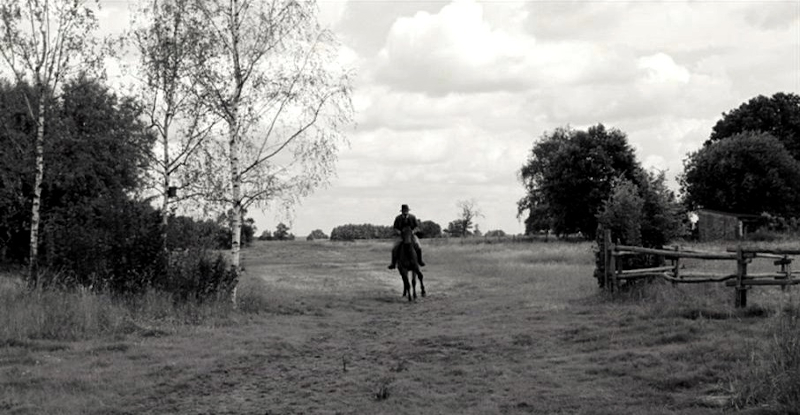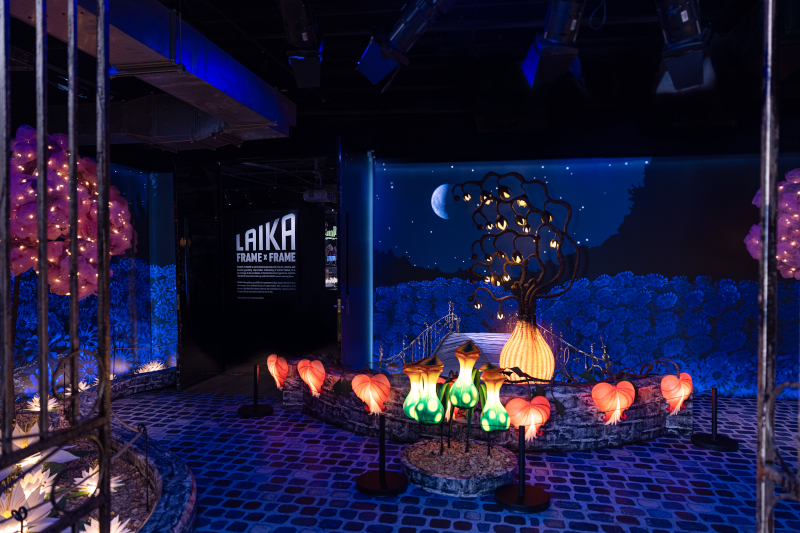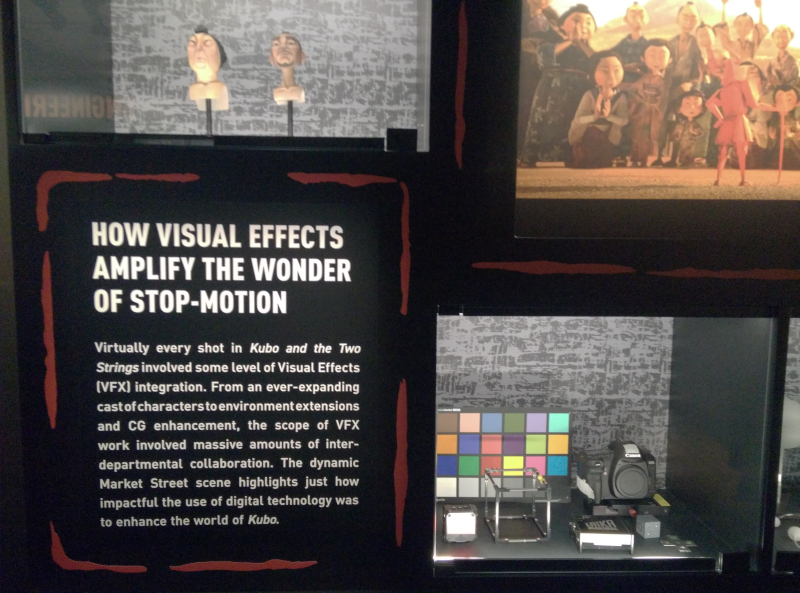Director – Michael Haneke – 2009 – Austria, Germany – Cert. 15 – 144m
*****
Reviewed for Third Way magazine to coincide with UK release date 13/11/2009.
Plays in Complicit: A Michael Haneke Retrospective, in UK cinemas from Friday, June 6th and on BFI Player from Thursday, September 11th 2025.
Haneke’s first period drama for the big screen is set in 1913-14 in a Northern German Protestant village where strange accidents befall the community. A doctor (Rainer Bock), out riding a regular route, is brought down and injured by a wire between two trees. The wife of a farm labourer is killed when factory floorboards give way beneath her. Children are abducted. A baby’s window is left open in Midwinter. A building burns. But who is – or are – responsible?
The film sets out its cast of characters in terms of the social hierarchy. The landowning classes are represented by the local Baron (Ulrich Tukur), his wife (Ursina Lardi) and their child; the professional classes by a widowed doctor, the midwife (Susanne Lothar) “who has made herself useful to him”, the Baron’s steward (Josef Bierbichler), the village Pastor (Burghart Klaussner) and the local teacher (Christian Friedel) – also as an old man the narrator (Ernst Jacobi) – who is courting the nanny of the Baron’s son; the working classes by numerous agricultural labourers who generally feature less prominently in the story.… Read the rest


